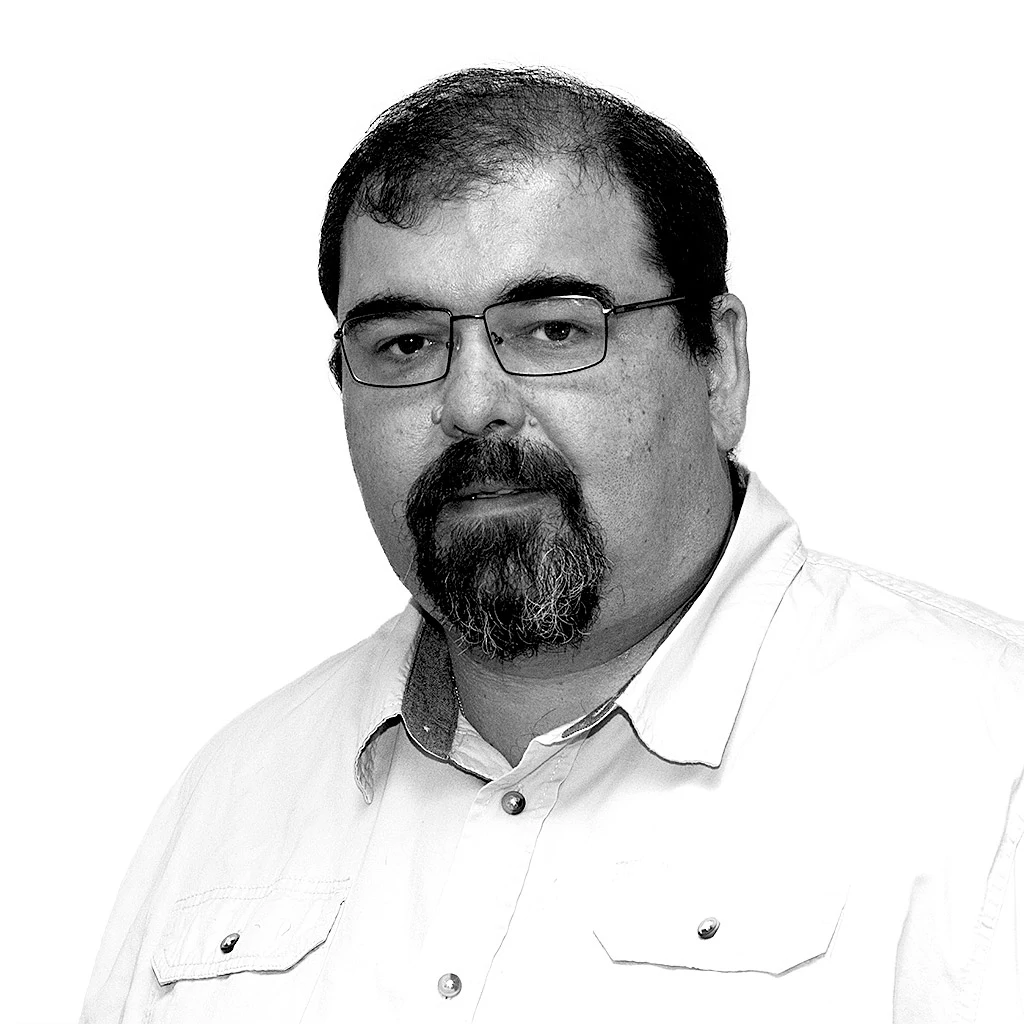The 26th anniversary of the suffering Vukovar’s Borovo naselje neighborhood was marked today with wreaths laid where the Borovo Commerce building was once located, a shelter and reserve hospital during the Homeland War.
18:04 / 19.11.2017.
Author: Branko Lozančić
Croatia marks 26th anniversary of suffering in Borovo naselje

Author:
Branko Lozančić
Published:
November 19, 2017, 18:04
Following the wreath-laying ceremony, those gathered walked in a procession to the Lady of Fatima church where mass was served by Father Ilija Vrdoljak. After mass wreaths were thrown into the Danube River in Borovo and respects were paid with wreaths and candles at the mass grave site at the Lovas farm between Borovo and Dalj, where in 2001, 24 victims of the greater Serbian aggression against Vukovar in 1991 were exhumed.
Marking the “Sacrifice of Borovo naselje for the Homeland” is part of the program marking 26 years since the suffering of Vukovar took place during the Homeland War and marking Vukovar Remembrance Day.
Borov naselje is a Vukovar neighborhood that was almost completely destroyed in the greater Serbian aggression 26 years ago. At the time former Yugoslav People’s Army and Serbian paramilitary forces entered Vukovar, in the basement of the Borovo Commerce building (which in 1991 served as a reserve hospital for the Vukovar wartime hospital) there were around 800 wounded Croatian soldiers and civilians. Following the occupation of Borovo naselje, 115 people were captured in the Borovo Commerce building, and on the day of the occupation (November 19th, 1991) 51 people were killed there. 51 people in only one day. At the time Vukovar fell Borovo naselje had already been cut off from the remainder of the city for weeks.
“The day that communication with Vukovar was cut off was the most difficult for the wounded. Children were being born in the basements of Borovo naselje, the elderly were passing away and operations were being conducted without anesthesia. Defenders brought what food they could. The city lived here; everything functioned in an unbelievable way. When they pulled those people out of the smoke, out of the fire, what was waiting for them was the so-called “Sun” – it would be better if they never saw it, because most people that saw light that day, soon saw the light in their eyes extinguished,” said Ivan Lukić, also known as Zolja, one of Vukovar’s heroes.
Only those that had a lot of luck survived November 19th, 1991. Battles were still going on because they didn’t know whether or not the city had fallen. Street by street, house by house. The fate of many elderly, women and children is still not known. Their bones may be resting at the bottom of the Danube.
Source: HRT
Vijesti HRT-a pratite na svojim pametnim telefonima i tabletima putem aplikacija za iOS i Android. Pratite nas i na društvenim mrežama Facebook, Twitter, Instagram, TikTok i YouTube!

Autorska prava - HRT © Hrvatska radiotelevizija.
Sva prava pridržana.
hrt.hr nije odgovoran za sadržaje eksternih izvora
